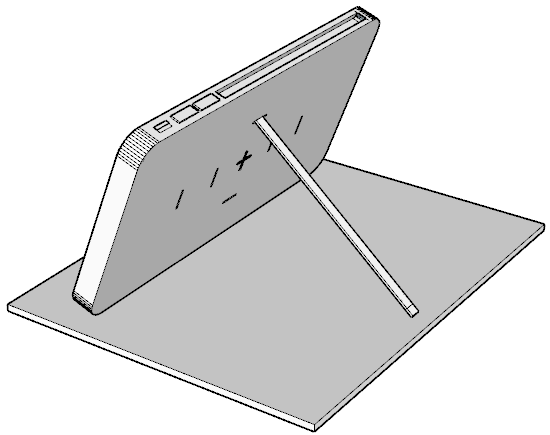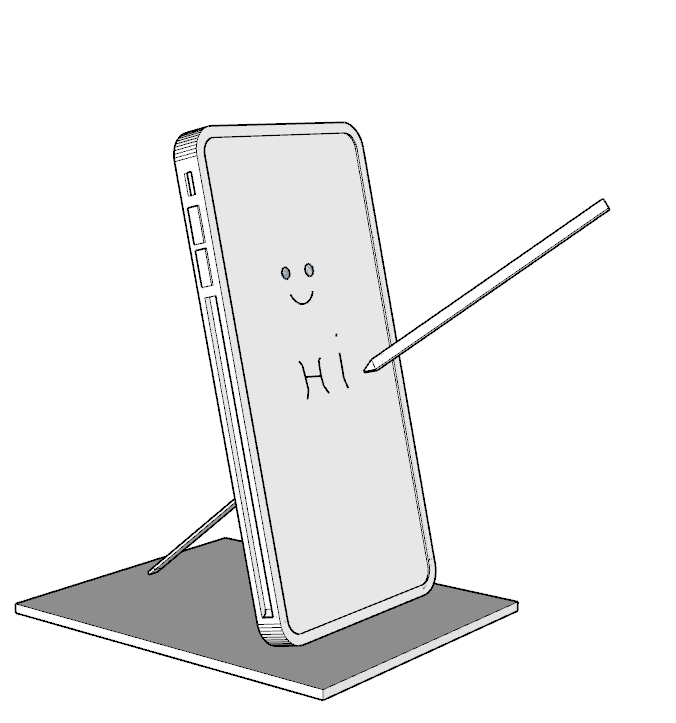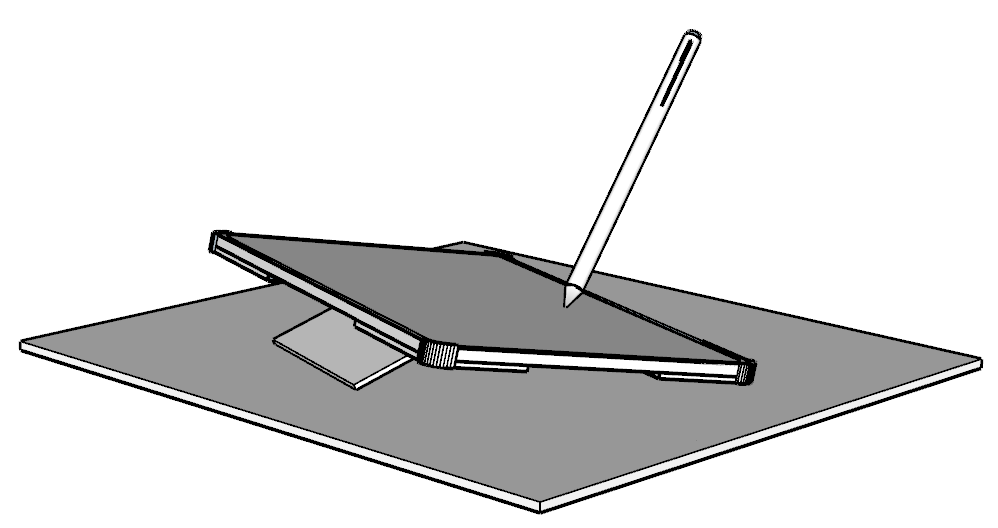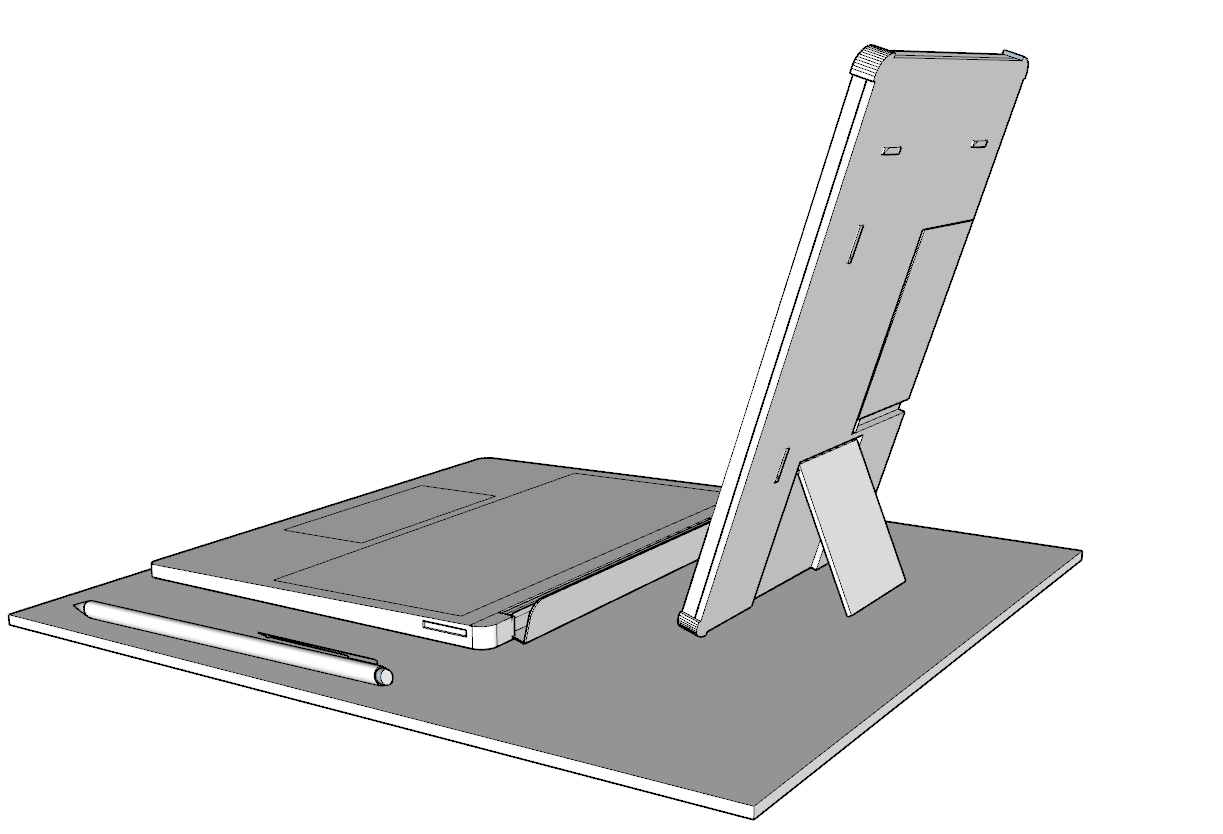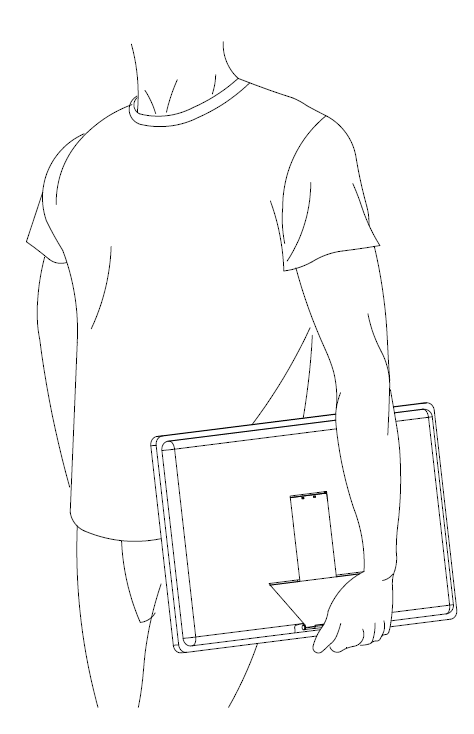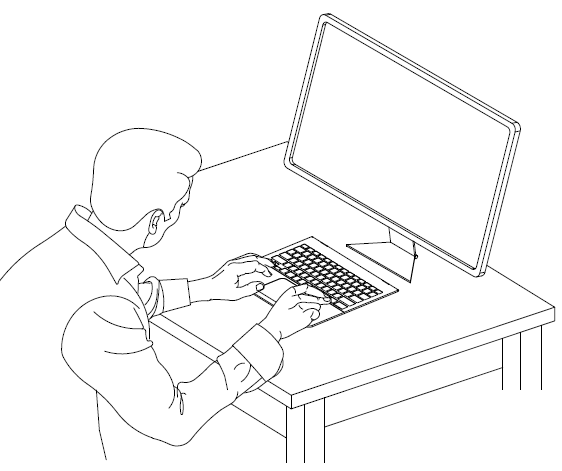INVISIBLE SUPPORT, STYLUS, AND SUSPENSION — ELEGANTLY BUILT IN
NO STANDS. NO HARDWARE. JUST SEAMLESS CONTROL, PRECISION, AND POSITIONING — WHEREVER YOU GO
Mobile computing devices face a major usability challenge: they lack integrated support and suspension mechanisms, making them inaccessible to many sick, elderly, and disabled individuals. To address this deficiency, Joseph Zaloom founded Integrated Technologies to create innovative mechanisms and elegant protective cases that empower mobile computer users to position their devices to the perfect angle for comfortable viewing, typing, and drawing -- without the need for extra stands — enhancing accessibility for those with shaky hands and limited mobility, while also optimizing the mobile device experience for all users.
Key innovations include:
- Flexible positioning: Mechanisms that independently prop and suspend devices at various angles and orientations.
- Transformative Stylus: Props that double as a stylus for fast, accurate, and precise texting, sketching, and annotating.
- Robust Support: Mechanisms for load-bearing tablets; ideal for sketching, handwriting, and glare reduction.
- Screen Stability: Mechanisms that eliminate wobble in laptop screens.
- Modular Laptops: Mechanisms that allow laptop displays to detach and be propped independently at adjustable angles.
- Portable Stands: Mechanisms that enable affordable, foldable desktop and floor stands that are robust and easy to use.
- Versatile Conversions: Mechanisms that seamlessly transforms All-In-One PCs into portable devices.
These advancements ensure mobile devices are more accessible, functional, and user-friendly for everyone.
THE SMARTPHONE ACROBAT ™
The Smartphone Acrobat transforms any smartphone into a
personal notepad
and a practical television
—
enabling users to jot down ideas, sketch, annotate, sign, and text quickly and precisely — anytime, anywhere. It also allows for extended video watching and chatting without adding bulk, weight, or cost, while preserving the device's simplicity and style.
Why It Matters: Integrating a stylus enables smartphones to capture ideas and notes effortlessly in settings where typing or voice recording is inconvenient, making them indispensable for brainstorming on the go. Adding support and suspension features further transforms smartphones into essential socialization and entertainment tools — enhancing usability and comfort for all users — especially the sick, the elderly, and the disabled.
THE TABLET ACROBAT ™
The Tablet Acrobat transforms tablet computers into a versatile 7-in-1 personal computing device, adapting to multiple angles and orientations on or from any surface to meet user needs. It instantly converts from a tablet computer into:
- A floating computer, suspended in any position to suit users lying in bed, or sitting on a sofa or a wheelchair.
- A drafting board, angled to reduce glare and enhance comfort.
- A presenter device, separating the keyboard and screen for group viewing.
- A stable laptop, displaying a wobble-free screen that is firm to the touch.
- A video portal, adjustable to the portrait or landscape orientation for optimal framing
- A portable desktop, compact and easy to transport.
All this is achieved without adding noticeable weight, thickness, or cost, while preserving the device's simplicity and style.
Why It Matters:
Integrating suspension capabilities into tablet computers transforms them into floating devices, granting sick, elderly, and disabled individuals hands-free access to the Internet. This innovation reduces their boredom, loneliness, and depression by enabling them to remain connected and engaged with the outside world while being confined to their beds, sofas, or wheelchairs. Additionally, integrating load-bearing support for both portrait and landscape orientations elevates tablet computers into versatile, all-purpose mobile computing devices, adaptable to the needs of all users.
THE DESKTOP ACROBAT ™
The Desktop Acrobat transforms All-In-One desktop computers into mobile devices that can be easily moved between locations and adjusted to various angles and elevations with simplicity and elegance.
Why It Matters: Making desktop computers mobile offers several key benefits:
- Portability: Empowering users to work efficiently and comfortably from different locations.
- Flexibility: Tilting desktops to a horizontal position converts them into spacious electronic drafting boards, enhancing functionality and offering unmatched versatility at a fraction of the cost of stationary alternatives.
- Collaboration: Enabling coworkers to bring their desktop computers to shared spaces for better teamwork.
- Performance: Enabling individuals to enjoy the superior capabilities of desktop computers compared to laptop and tablet computers.
- Space-Saving:
Freeing up office space by avoiding the need for fixed workstations.
In summary, mobile desktops provide greater convenience, flexibility, productivity, and comfort, while saving space and improving collaboration.



